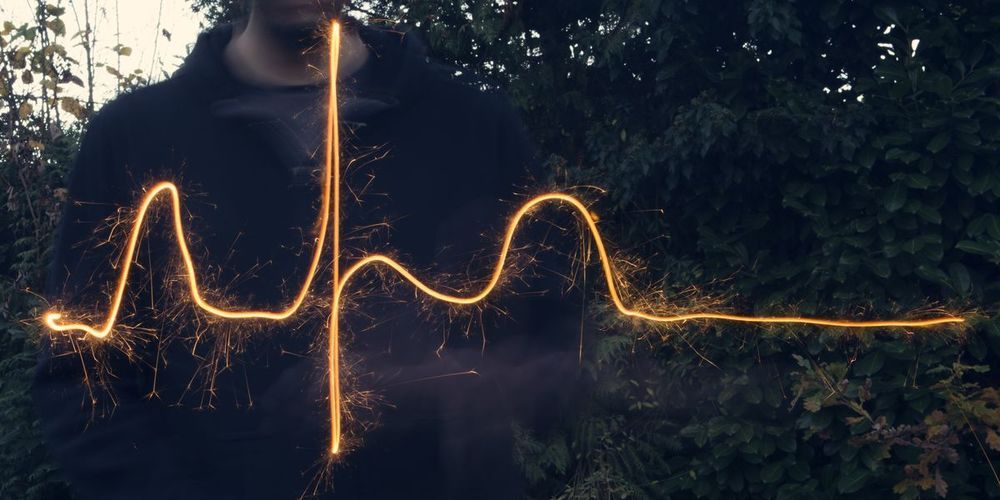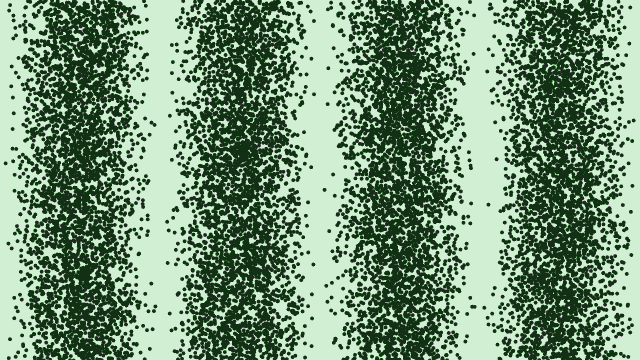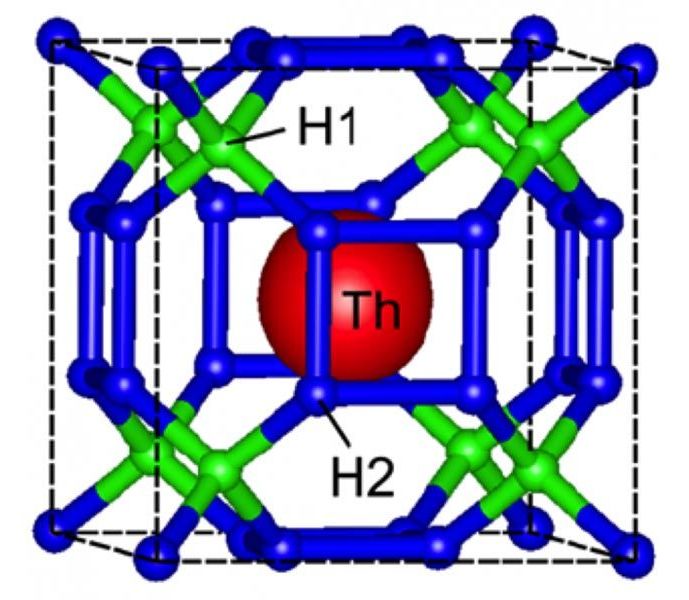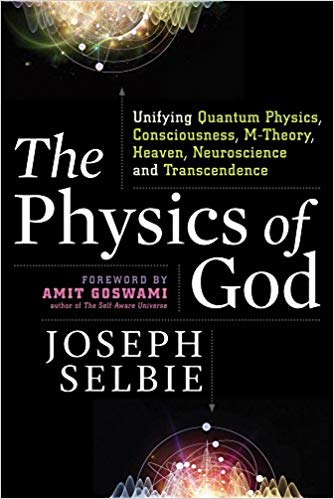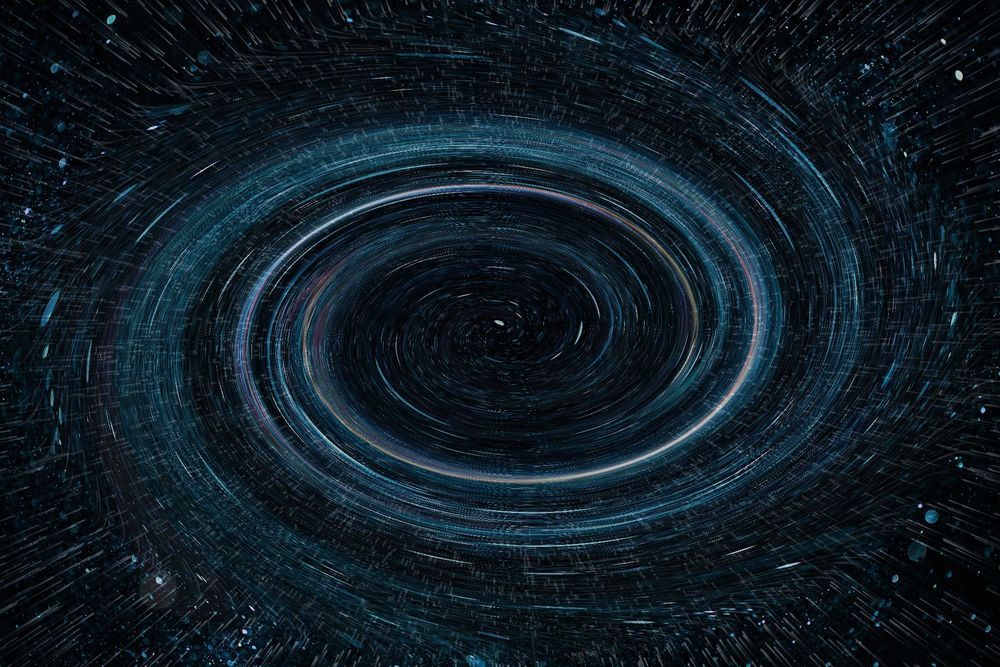Nov 11, 2019
AI Can Tell If You’re Going to Die Soon. We Just Don’t Know How It Knows
Posted by Genevieve Klien in categories: life extension, quantum physics, robotics/AI
Albert Einstein’s famous expression “spooky action at a distance” refers to quantum entanglement, a phenomenon seen on the most micro of scales. But machine learning seems to grow more mysterious and powerful every day, and scientists don’t always understand how it works. The spookiest action yet is a new study of heart patients where a machine-learning algorithm decided who was most likely to die within a year based on echocardiogram (ECG) results, reported by New Scientist. The algorithm performed better than the traditional measures used by cardiologists. The study was done by researchers in Pennsylvania’s Geisinger regional healthcare group, a low-cost and not-for-profit provider.
